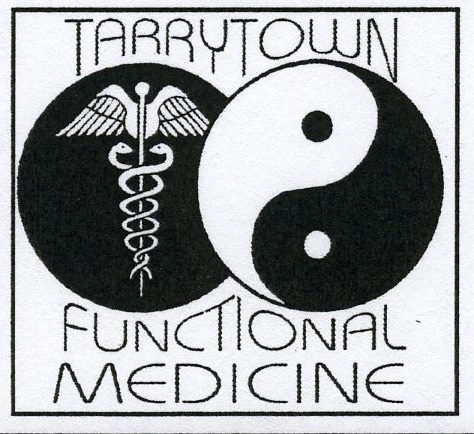I recently received an email from a patient who was concerned when I mentioned that soy products, in the organic form, have certain health benefits. The email mentioned several concerns regarding soy ingestion.
I though it right to set the record straight with information from the literature to address these concerns so that people can eat soy without worrying about these consequences. I will answers these concerns one at a time.
Does soy disrupt female endocrine balance? Does soy help with menopausal hot flushes? A recent study published in the August 2011 issue of the Archives of Internal Medicine examined 248 menopausal women over a 2 year period to see if 200 mg of isoflavones per day were a help in alleviating the symptoms of menopause including bone loss. At the end of the 2 year period, women taking a placebo versus women taking the isoflavone supplement showed no differences in bone loss or menopausal symptoms such as hot flashes and night sweats.In fact, nearly half (48%) of the women taking isoflavones experienced hot flashes compared with just 31% of women who took the placebo!
The issue with soy is that it is an “adaptogen”. It is not estrogen but is a phytoestrogen, which means it is a plant hormone with weakly estrogenic properties. This means that it raises estrogenic tone in those with low levels of estrogen, and lowers it in those with high levels of estrogen by competing with stronger estrogens for binding sites.
Therefore, you would expect the results of soy to vary when used for hot flushes in menopausal women depending on whether the woman is low in estrogen or high in estrogen. You might say that by definition a menopausal woman with hot flushes must be low in estrogen but this is not always true. Women who are obese have high levels of Estrone, an estrogen made in the fat tissue, sometimes higher than levels of estrogen in pre-menopausal women. And those women might also have hot flushes because the absolute amount of estrogen is not the important factor in creating hot flushes. According to Jeffrey Bland, PhD and eminent nutritional biochemist, it is the rapid changes in levels of estrogen that create the symptoms. Therefore if you look at a study that doesn’t separate out the low vs. high estrogen sub groups, you won’t have a valid study and you probably won’t get much result when you average everybody together, which is what the results show.
Other studies have shown that soy was associated with increased bone density in postmenopausal women but only in the group taking the highest amount of isoflavones (90 mg/day) showing “significant increases in bone mineral content and density in the lumbar spine in this group. “ Also both the high dose (90 mg) and the low dose (40 mg) isoflavones showed improvements in cholesterol (reduced LDL and elevated HDL). [1]
[1] Potter, WM et. al., Soy Protein and Isoflavones: Their Effects on Blood Lipids and Bone Density in Postmenopausal Women. Am J Clin Nutr. 1998 dec; 68 (Suppl): 1375S – 1379S.

